Rising Incidence of Chronic Diseases
The Medical Radiation Shielding Market is witnessing growth due to the rising incidence of chronic diseases that require diagnostic imaging and radiation therapy. Conditions such as cancer, cardiovascular diseases, and neurological disorders necessitate advanced imaging techniques, which in turn increase the demand for effective radiation shielding solutions. According to recent data, the prevalence of cancer is expected to rise, leading to a higher number of diagnostic procedures that utilize radiation. This trend underscores the importance of robust shielding materials to protect patients and healthcare professionals from radiation exposure. Consequently, the Medical Radiation Shielding Market is likely to expand as healthcare facilities invest in state-of-the-art shielding technologies to accommodate the growing need for safe and effective treatment options.
Growing Awareness of Radiation Safety
The Medical Radiation Shielding Market is increasingly influenced by the growing awareness of radiation safety among healthcare professionals and patients. Educational initiatives and public health campaigns are emphasizing the importance of minimizing radiation exposure during medical procedures. This heightened awareness is prompting healthcare providers to invest in effective shielding solutions to ensure the safety of both patients and staff. As a result, there is a noticeable shift towards adopting advanced shielding technologies that comply with safety standards. The Medical Radiation Shielding Market is expected to grow as healthcare facilities prioritize radiation safety, leading to increased demand for innovative shielding products that mitigate risks associated with radiation exposure.
Regulatory Compliance and Safety Standards
The Medical Radiation Shielding Market is significantly influenced by the stringent regulatory compliance and safety standards imposed by health authorities. These regulations mandate the use of effective shielding solutions in medical facilities to protect both patients and healthcare workers from harmful radiation exposure. Compliance with these standards not only ensures safety but also enhances the credibility of healthcare institutions. As a result, there is a growing demand for high-quality shielding products that meet these regulatory requirements. The market is projected to grow as healthcare providers invest in upgrading their facilities to adhere to these standards. Moreover, the increasing frequency of inspections and audits by regulatory bodies further emphasizes the need for reliable shielding solutions, thereby propelling the Medical Radiation Shielding Market forward.
Increased Investment in Healthcare Infrastructure
The Medical Radiation Shielding Market is benefiting from increased investment in healthcare infrastructure across various regions. Governments and private entities are allocating substantial funds to enhance healthcare facilities, particularly in developing regions. This investment often includes the construction of new hospitals and clinics equipped with advanced medical technologies that require effective radiation shielding. As healthcare infrastructure improves, the demand for high-quality shielding solutions is expected to rise correspondingly. Furthermore, the trend towards modernizing existing facilities to meet contemporary healthcare standards also contributes to the growth of the Medical Radiation Shielding Market. This influx of capital is likely to create new opportunities for manufacturers and suppliers of radiation shielding products.
Technological Innovations in Medical Radiation Shielding
The Medical Radiation Shielding Market is experiencing a surge in technological innovations that enhance the effectiveness of shielding materials. Advanced composites and lead-free alternatives are being developed, which not only provide superior protection but also address environmental concerns. For instance, the introduction of high-density polyethylene and other novel materials has shown promising results in reducing radiation exposure. This shift towards innovative materials is likely to drive market growth, as healthcare facilities increasingly seek to comply with stringent safety regulations. Furthermore, the integration of smart technologies, such as real-time monitoring systems, is expected to revolutionize the industry, ensuring that radiation levels remain within safe limits. As a result, the Medical Radiation Shielding Market is poised for significant expansion, driven by these advancements.


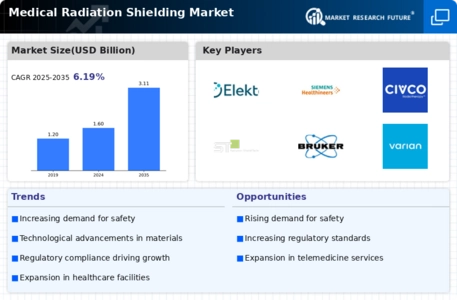
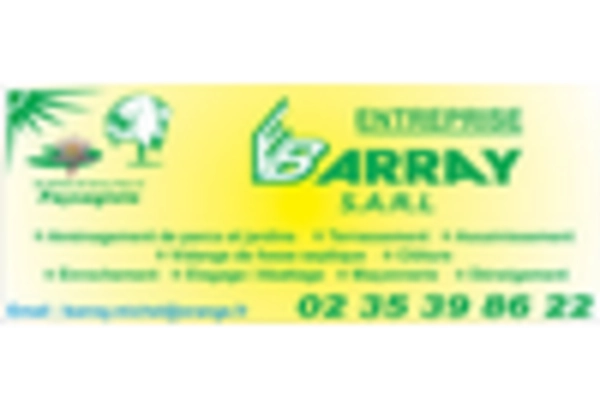
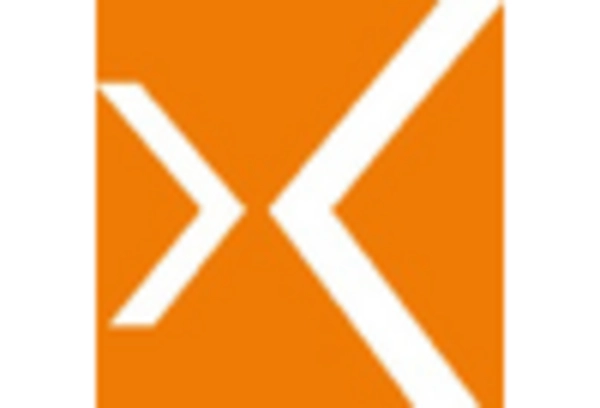
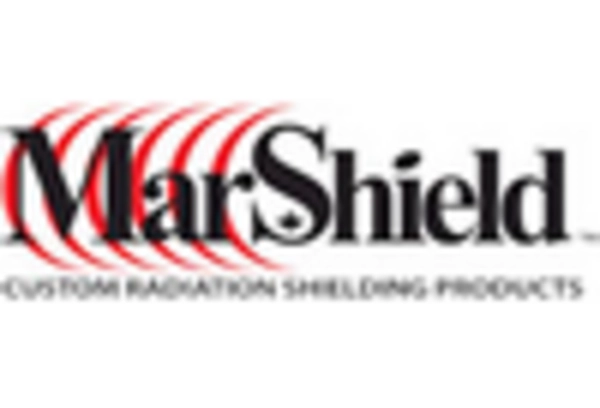
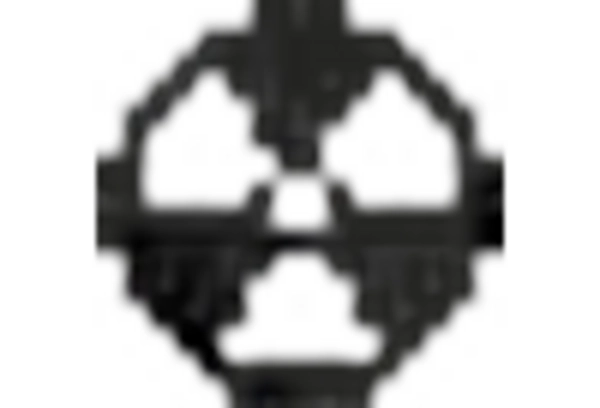
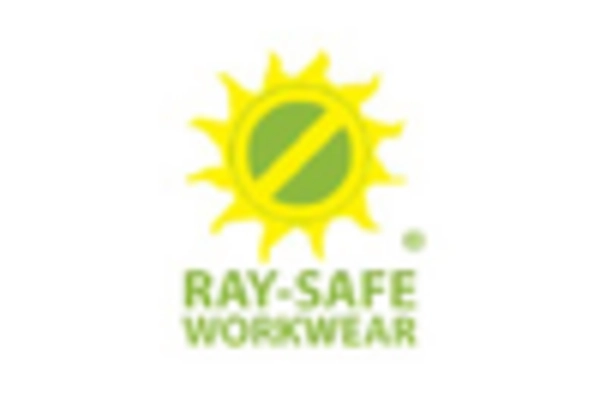
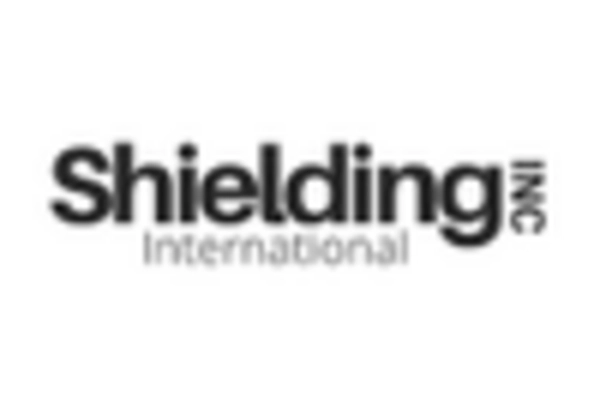








Leave a Comment